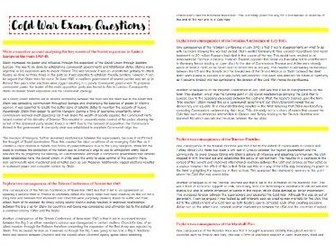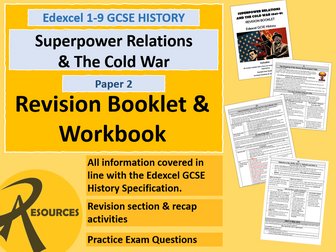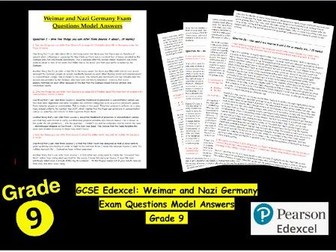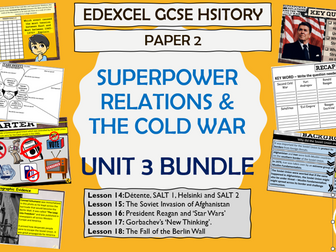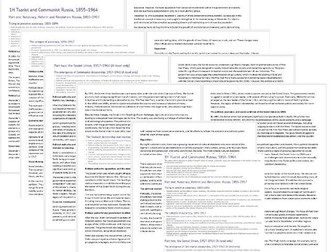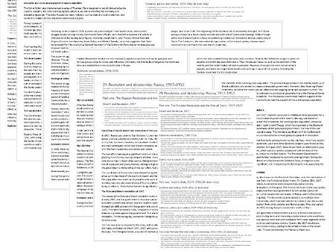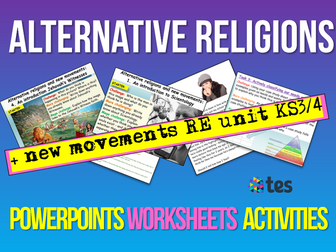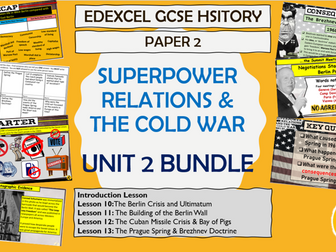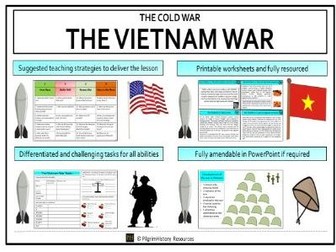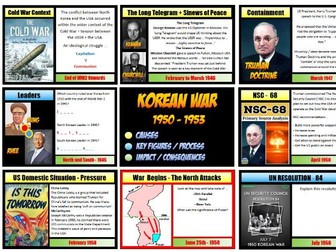
MUSIC GENRES CALENDAR 2023-24
UPDATE – Due to the large number of complaints about dead links – I have checked every one on 2 separate devices. I have found and have repaired one Dead Link. Please use the Playlist link below as it has every video in sequence – I can only apologize if any problems continue, but I have done everything possible to rectify your concerns.
I have replaced the original document with the updated version.
Hopefully the issue is fixed, but I honestly couldn’t find an obvious one
This is the 2nd Year of the calendar and still at its simplest level the purpose of this calendar is to offer a wide-ranging selection of music: different styles, genres, origins, artists, historical periods and so on.
As part of an interesting and robust music curriculum, children need to hear and experience music and musical styles and artists that they may not otherwise have the opportunity to hear. The idea was to create a calendar of a song a day.
190 school days… 190 songs.
These songs could be used in whatever way the user thinks best – on entry to the classroom in the morning, as assembly music, as a calming session after breaktimes of lunchtimes, or as an introduction to a music lesson.
This resource includes this year’s calendar AND last year’s - 2 years of music - for £2!
This year I am asking a nominal fee of £2, for a complete resource that will last you all year. I am proud of the product and feel that for the extensive hours spent creating it £2 is well worth it!

